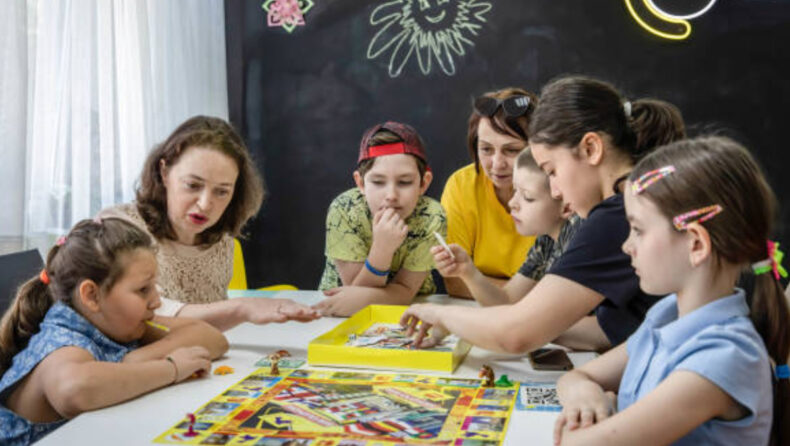Table of Contents
Cynthia McCaffery, the head of UNICEF India, has emphasised the importance of creating cities that are kid-friendly, accessible, and safe.
Children and the entire community benefit from clean air, open areas, and a secure atmosphere, according to McCaffrey.

On July 7 and 8, as part of India’s G20 presidency, she took part in the Urban 20 (U20) Mayoral Summit in Gujarat’s Gandhinagar and Ahmedabad cities, where debates on the future of global cities were held.
Remarks of Cynthia McCaffery:
According to McCaffery, at present, more than 56% of the population resides in urban areas. By 2050, it is predicted that 2.5 billion more people will live in cities around the world, largely in Asia and Africa, making cities home to 70% of the world’s population. By 2050, more than 1.6 billion children will reside in metropolitan environments, according to McCaffery.
Around 1.4 million individuals globally relocate to urban areas every week, and many of them end up living in improvised, temporary housing, according to her.
The head of the United Nations International Children’s Emergency Fund (UNICEF) in India remarked that the Urban 20 Mayoral Summit allows us to lay the groundwork for inclusive cities that cater to the needs of all residents.
India has taken two actions. In response to a question on what Indian towns are doing to make them kid-friendly, she told PTI in a telephone interview that they are debating how to make cities safe and comfortable for children and young and they are incorporating technologies for the same.
Migration for a living is increasing. According to the official, a sizable share of those going to cities are children. These kids may frequently find themselves living in remote, unofficial settlements without family or community support as they move from their rural to urban environments, she said.

To close the service gaps and meet the unique requirements of young kids, child-responsive urban planning is consequently necessary. It is vital to give disadvantaged children who live in cities additional attention, according to McCaffrey.
She said that It was crucial to actively incorporate women, youth, and children in urban planning to achieve inclusive urban planning. We must set up forums and systems that enable them to express their opinions, viewpoints, and worries.
This entails holding meaningful talks with them, involving them in decision-making, using their feedback to improve policies and programmes, and allocating specific money for the welfare of children, youth, and women, she continued.
Importance for Holistic Development in Children
She stated that an atmosphere needs to be created for the holistic development of children, who are our future, to make cities child-friendly.
In our cities and urban areas, the physical environment—including homes, schools, and open spaces with enough restrooms—plays a critical role in children’s holistic development and well-being.
Spaces for enjoyment and face-to-face engagement, services and amenities like child-sensitive social and health infrastructure, safety and mobility like traffic safety, and personal safety are essential. The head of UNICEF India added that a safe environment during natural calamities is also necessary.

She said that focusing on a sustained social protection system that provides a layer of protection, such as providing financial support, healthcare, education, and other essential social services for vulnerable populations, was one key method to preserving the rights and wellbeing of children, youth, and women.
She emphasised the significance of data on children and the necessity for investments in an interoperable and robust data infrastructure that aids in evidence-based decision-making, inclusive planning, and progress monitoring even while children are on the move.
According to McCaffrey, the government and municipal administrations have a lot of power to ensure kid-friendly cities.













